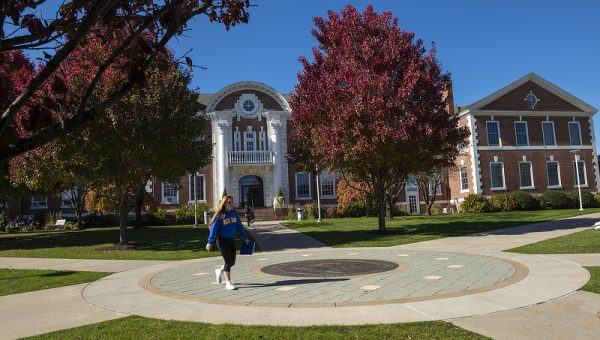Missing white woman syndrome affects women of color
Photo courtesy of @sooolalaa on Instagram
Lauren Smith-Fields in a selfie from her Instagram.
In Dec. 2021, 23-year-old Lauren Smith-Fields was found dead at her apartment in Bridgeport, Conn. after she reportedly went on a date with a white man, identified as Matthew LaFountain. LaFountain was allegedly the last person to see Smith-Fields alive, and the one who reported her as dead to the authorities. The Bridgeport Police Department failed to contact Smith-Field’s family, despite her being deceased for over a day.
“They treated her like she had no family, like no one would care,” said Tavar Gray-Smith, Smith-Field’s brother.
Lauren Smith-Fields was a young Black woman studying physical therapy at Norwalk Community College. According to her friend, Veronica DeLeon, Smith-Fields created beauty and travel content on various social media platforms.
Smith-Fields’ mother, Shantell Fields, went to her daughter’s apartment after not hearing from her. When she arrived, there was a note on the door which read, “If you’re looking for Lauren, call this number.”
After speaking with a detective, the family learned that Smith-Fields had been pronounced dead for almost 48 hours. Upon hearing the news about her daughter, Ms. Fields said, “All I could do was just stand there, like if I was frozen. I could not believe what he was telling me, that my baby was gone.”
The family’s experience with the Bridgeport Police Department included “agonizing silence and stonewalling,” saying that they had to implore the police detective to collect evidence from Smith-Fields’ apartment. LaFountain was not treated as a suspect or a person of interest during the investigation of Smith-Fields’ death.
The detective said that LaFountain “sounds like a nice guy” and told the family to not worry about it.
Their attorney Darnell Crossland said, “When you find a young lady dead and there’s a male involved, immediately they are a person of interest, and they should have immediately collected their DNA.”
The family referred to the detective on the case as “racially insensitive” and is planning to sue.
Smith-Fields’ case is unfortunately another tragic example of the disparate treatment of Black women compared to white women. Black women are too often stripped of their victimhood––such as with Lauren Smith-Fields––and refused the same treatment of white women like Gabby Petito, whose case reached a global audience–receive.
The Bridgeport police’s refusal to take Smith-Fields’ death seriously, and the limited awareness of her case, has reinforced the conversation about “missing white woman syndrome.” When white women go missing their cases are often investigated more intensely and receive wider media coverage.
In 2020 alone, there were over 100,000 reported cases of missing women of color, and none of those cases received nearly as much attention as Petito’s case. Not only is the media coverage between white women and women of color disproportionate, but the families of women of color often receive little support.
Like Smith-Fields’ case, these families are left trying to investigate their daughters’ cases themselves.
On Dec. 23, Lauren Smith-Fields would have celebrated her 24th birthday. Instead, her family, friends and many others rallied together, marching in celebration of her life, demanding justice and answers all while grieving her death.
“A part of my soul died,” said Shantell Fields. “I will never be the same again. I don’t even know how to even move from the next day to the next minute. I am really dead inside.”




